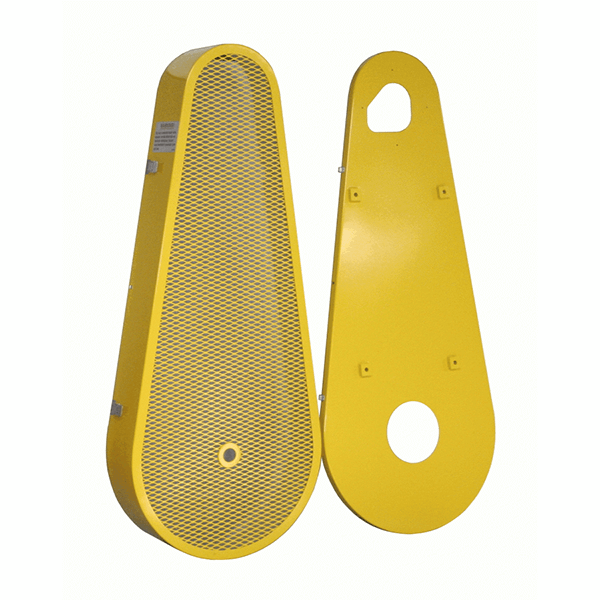USE GOOD OIL
Nothing will gum up a pump faster than low-quality vacuum pump oil. The oil may not have the proper additives or viscosity, but the end result is poor pump operation and a shorter life. We recommend MHVFormula “F” oil for rotary piston pumps. Wear and corrosion can come from contaminants such as vapors or solid particles coming from the process. It can come from not operating a pump properly, such as neglecting to use gas ballast to drive off water vapors from the oil.
FREQUENT OIL CHANGES
We’ve heard some heat treaters say, “It’s the best way I know of to keep a pump running trouble free for a long time.” They change their oil bi-monthly or even more frequently, depending on process conditions, and eliminate a lot of problems.
Note that Stokes recommends a 300-hour oil change interval on their 412 pump. Some processes like sintering or others where acidic vapors a present, can create major headaches for maintenance people because the oil just can’t lubricate, seal and protect the vital parts of a pump.
MHV offers vacuum pump oil for most types of pumps, and in a variety of container sizes.
PUMP COOLING
There’s a good reason why piston and vane vacuum pumps are designed with a water jacket: they’re subjected to a lot of heat that can cause pumps to fail. Heat comes from adiabatic compression of the gases they are exhausting from a chamber, and from the process. Either way you have to eliminate heat and keep the pump running a proper temperature. We recommend running the Stokes 212 and 412 pumps at 130° F to 140° F oil temperature.
To reduce water consumption, we recommend use of a water modulating valve. New MHV pumps come with this as standard, like the HS430 at right.
When you are using a closed-loop cooling system, be sure the coolant is at the right temperature and the system is working properly. Watch out for blockages if running water to an outside drain, for example, in cold climate when freezing can occur.
BLOWER OPERATION
For a 1600 CFM blower backed by a 300 CFM mechanical pump, the cut in pressure should be 15-20 torr.
Starting a blower at too high a pressure overloads the blower and drive motor; starting at too low a pressure wastes time.Blower cut in pressure depends on the CFM of the blower and backing pump.
Contact us at 269-543-4291, Fax: 269-543-4750, E-mail: [email protected] to learn more.

